I have forever been obsessed with dogs & I’ve been training them for almost 30 years now. I even helped run dog training classes when I was still in high school! In this blog post I want to share five reminders for a happy well-trained dog.
(To watch the Youtube version of this blog, click here)
First: Puppies are not a blank slate
There’s a common misconception that when we get a puppy, they are a blank slate, and we have full control over who they become.
While it’s absolutely true that how you treat and train your dog is going to have a massive impact on how they turn out, you’re not the only piece of the puzzle.
Factors such as breed, genetics, the life experience that your puppy had before you brought them home, and even the conditions that their mom experienced while pregnant are all going to have a big impact on your puppy’s behavior and personality.
It’s important to remember that some of our dogs’ traits are literally in their DNA!
For example: if you get a corgi puppy, expect that they’re going to try to nip your heels and herd you while you walk.
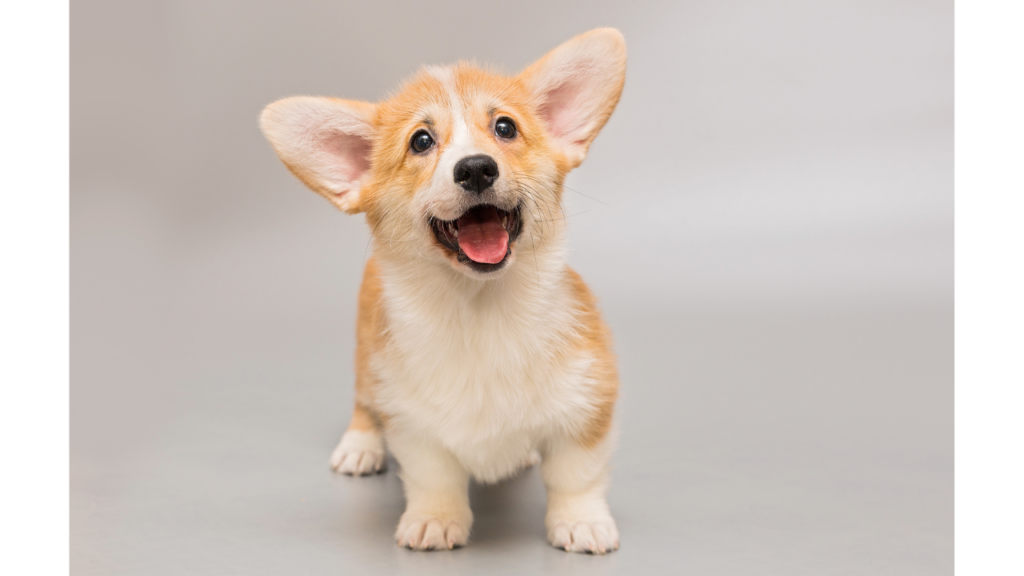
A rottweiler puppy might be more likely to resource guard. A lab might be more likely to steal and retrieve your items.
Rather than faulting our dogs for what they’re quite literally bred to do, we should instead find ways to include those aspects of them into training and enrichment!
If you’re still deciding what kind of dog to get, one of the things that I strongly recommend is to look honestly at your lifestyle and your activity level and choose a breed based on that rather than how they look.
Please remember that genetically anchored behavior is very strong, so it’s important to research the breed that you’re considering to make sure that you’re likely to be compatible.
If you’d like a resource for researching breeds, I encourage you to check out the book “Meet Your Dog“.
Second: Training context matters.
Many people feel that if their dog can do a cue in a certain setting it should mean that they can do it in all settings.
I commonly hear people say that their dog is being stubborn or choosing to ignore them because they’re great at something in the house, but they won’t do it outside. This isn’t true though!
We need to remember that the setting absolutely impacts the difficulty.
The example that I like to give is saying your ABCs. If I asked you to recite your ABCs out loud in your room, you could likely do it. When you’re not overwhelmed or distracted saying your ABCs is a simple task.
If instead I asked you to say your ABCs on stage in front of 10,000 people, you would likely freeze or at the very least make a mistake.

Where you’re being asked to say your ABCs dramatically affects the difficulty of the task and whether you’ll be successful.
Context matters a lot!
A personal example that I can give of this and how what’s happening around a skill dramatically changes the difficulty is actually making my dog training videos for Youtube (Channel linked here).
I’ve been training dogs for a long time now, and despite every dog being unique, I no longer find dog training particularly difficult. However, when I’m training a dog for a video the difficulty dramatically goes up.
I do all aspects of the videos myself, so all of a sudden I need to focus on the dog training, what’s happening around me and the dog, the camera angle, lighting, trying to explain out loud what I’m doing as I do it, and a bunch of other factors.
I personally find it way harder to train a dog for a video!
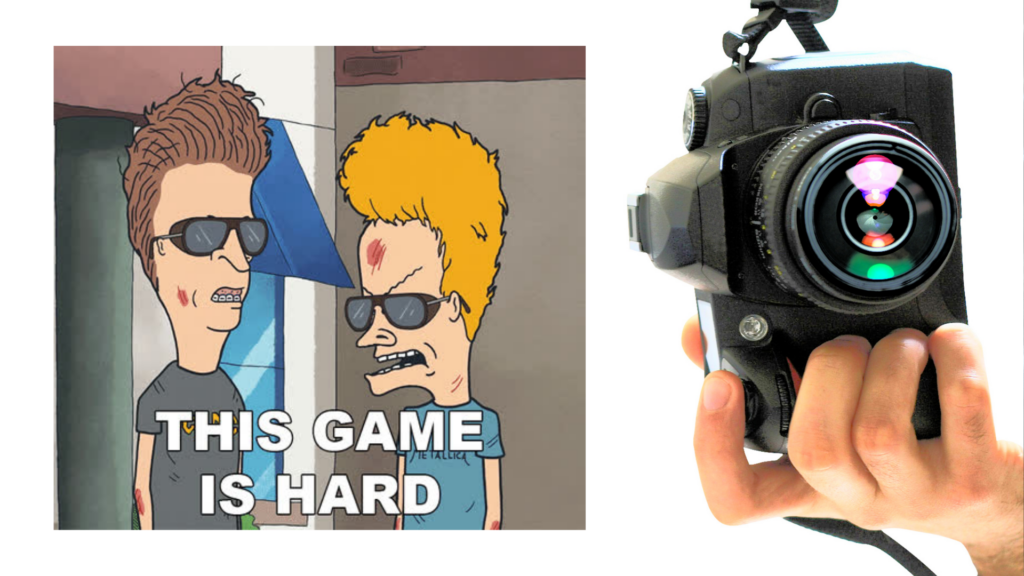
Even though I’m accustomed to dog training, I’m not used to videography.
When I’m also needing to remember all the things to do with the camera, I do notice that sometimes my timing with dog training is a little bit off or I might miss things that I might have otherwise caught. This is just another example of how context matters!
Asking your dog for a cue or a skill in your home where there’s minimal distractions is much different than asking for the same thing in a more stimulating or busy environment.
Please set your dog up for success by starting their training in a situation where they can be successful, and then gradually increase the difficulty of the setting to help them generalize that skill everywhere.
Third: We don’t get to decide whether something is punishing or reinforcing for our dog.
Every dog is going to react differently to different experiences, so it’s really important that we pay attention to how our dog feels.
In dog training terms punishment is anything that causes a behavior to happen less frequently, while reinforcement is anything that causes a behavior to happen more frequently. (Click HERE for a more in-depth explanation of what makes balanced & force free dog training different).
For example: every dog is going to have a different favorite, but treats are a common reinforcer because every dog likes food to varying degrees.
Other potential reinforcers tend to be a little bit more murky.
For example: my dog loves getting pet. For her, petting is a reinforcer because she’s more likely to repeat any behaviour that results in her getting pets. I’ve had many clients dogs though that did not enjoy being touched. Although we might think that when we pet them we’re being affectionate, for that dog being touched is a punishment.
Hearing this might upset some people, but another common mistake that I hear when people are talking about what’s punishing versus reinforcing is when people say that their dog likes their shock or prong collar because the dog gets excited when that collar comes out.

We need to be careful with this mentality.
What we’re actually seeing is the dog is excited for what the collar represents, which is typically getting to go outside. Going outside is naturally rewarding for dogs, so your dog is excited to go outside despite the collar not because of it.
That’s an important distinction.
If your dog actually enjoyed the collar and the collar itself was reinforcing, then they’d be more likely to repeat whatever behaviour preceded it. Instead if your dog pulls on leash and you correct them with one of those collars, they’re less likely to repeat the behaviour of pulling, therefore by actual definition the collar is punishing because it decreased a behaviour.
Collars such as this are designed to be punishing; that’s what they’re made for.
I understand that everybody’s going to make different choices for their dog, but I think we need to be careful when we interpret what’s actually happening and when we state whether our dog is actually enjoying something.
Four: Work with a dog in front of you, not the one in your mind.
I think we all have specific visions in mind when we get a dog and we picture what our life together is going to be like.

Maybe you envision taking your dog hiking or camping, sitting on a patio together, or going to dog parks.
All of these are fine to hope for, but I think we need to respect that our dog has their own personality and preferences too.
The way that I like to explain this is: can you imagine if you met a new friend and they had a FULL plan of everything that would ever do together, how you were going to act in those situations, and what you were allowed to enjoy. They don’t want to give you any say or consider who you are at all.
That friendship probably isn’t going to work out well because you would be miserable trying to fit into the box that somebody else built for you.
Likewise, we are also in a relationship with our dog!
Dogs also have personal preferences and dislikes just like we do. We need to respect that and determine what things we would both enjoy doing together.
For example: you might daydream about taking your dog to the dog park, but do you actually have a dog social dog that would enjoy that? Many dogs do not like going to dog parks or being surrounded by that many new dogs and that’s completely fine! There are lots of other fun things that you can still do with them.
We need to observe our dog, watch their behaviour, pay attention to what they actually enjoy and what they’re truly capable of.
Try to resist putting your dog into a box that you pre-decided for them when they were a puppy.
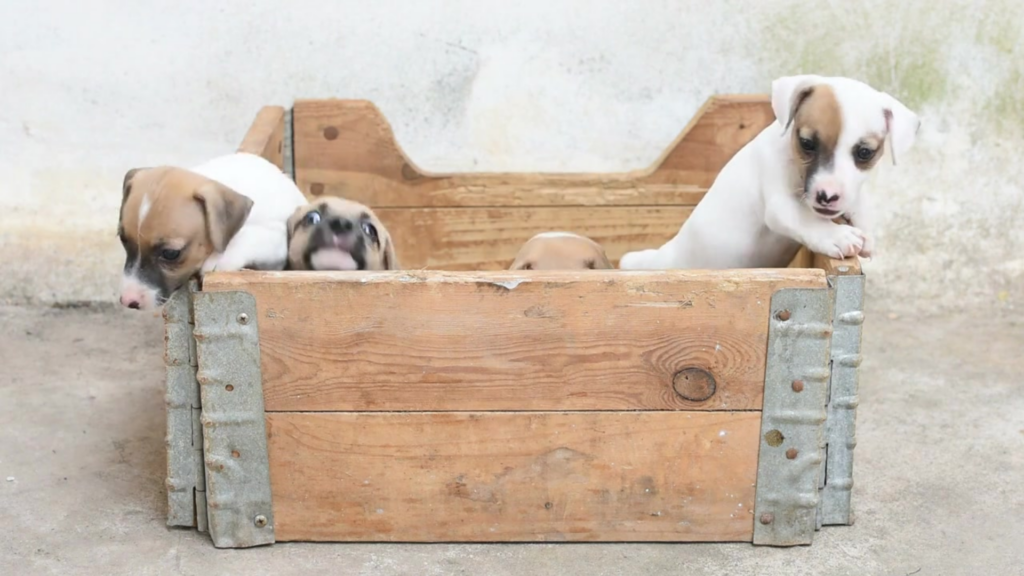
There’s a lot that we can do to train and shape our dogs, but we also have to respect who they naturally are. Work with the dog in front of you, not the one in your mind.
And lastly: You are your dog’s life.
How we treat them matters. How we train them matters. How they feel matters.
When we get a dog, we’re taking guardianship of a life.
They are a captive animal and their entire existence will be with us.
You’ll commonly see dogs equated to toddlers for mentality. While that may be true, unlike a toddler they’ll never grow up.
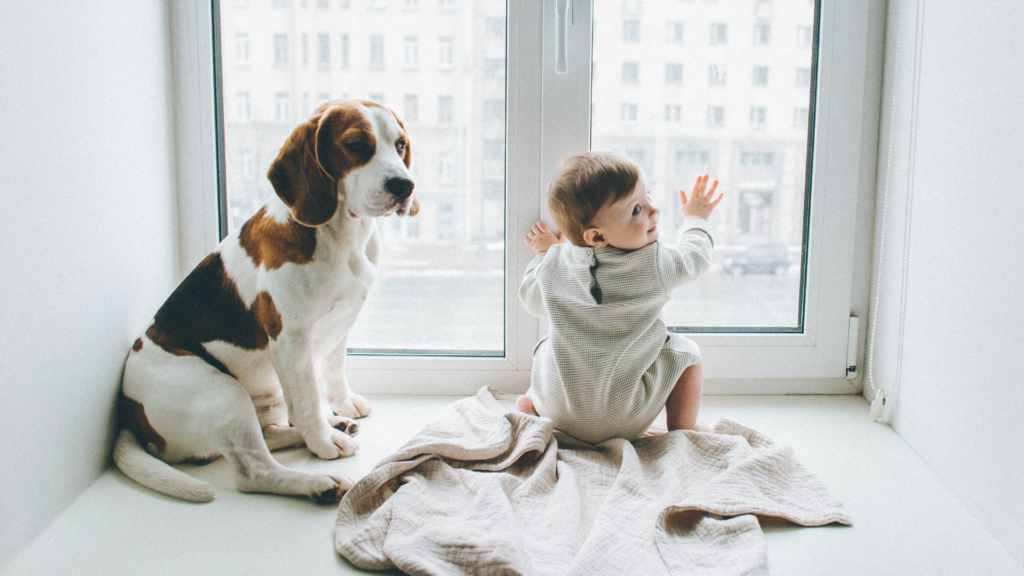
They’ll never move out, get to make their own choices, or change things that they didn’t like about their upbringing the way that a child eventually can.
You or your dog’s life, start to finish.
Whether your dog has a great or a not-so-great life essentially comes down to their experience with you.
That’s an incredible gift, but also an incredible responsibility. We need to treat it as such and respect these amazing creatures that we get the honour of spending a few short years with.
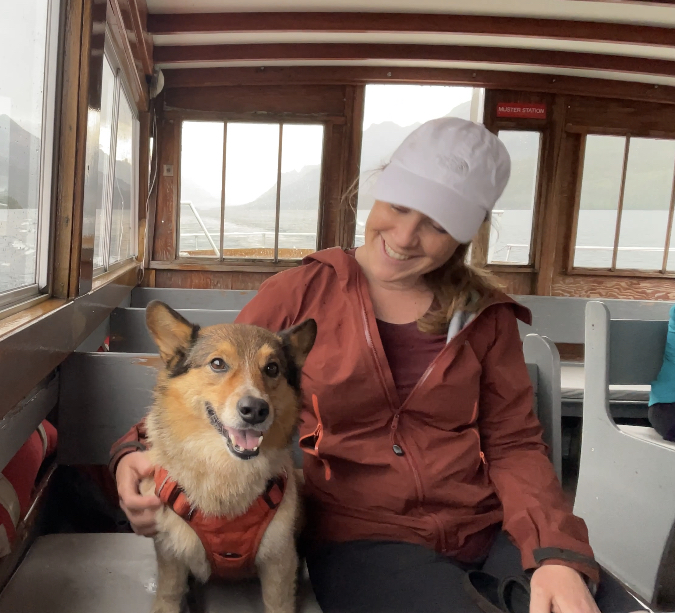
Happy training, I’ll see you next week!
Disclosure: Happy Hounds uses affiliate links. Purchasing with these links will not cost you any extra, but I get commissions for purchases made through these links. Affiliate links help me to continue to offer free resources & blog posts. I would love if you used them!
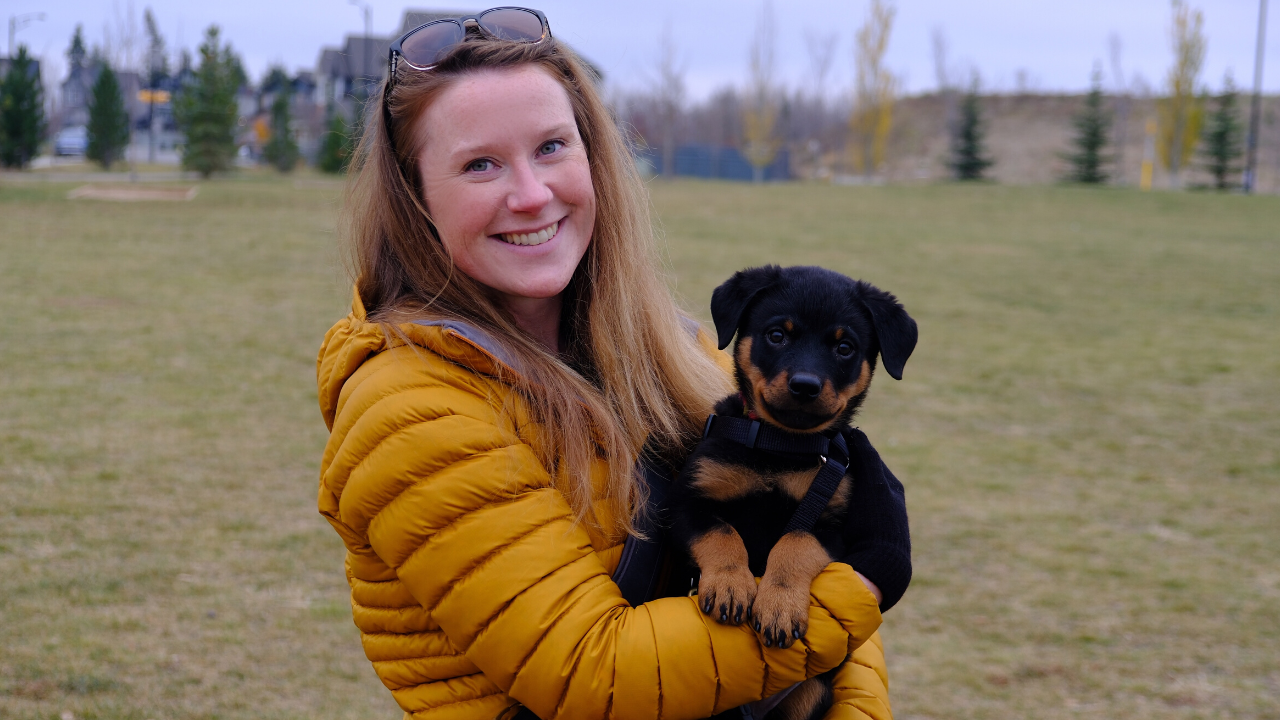
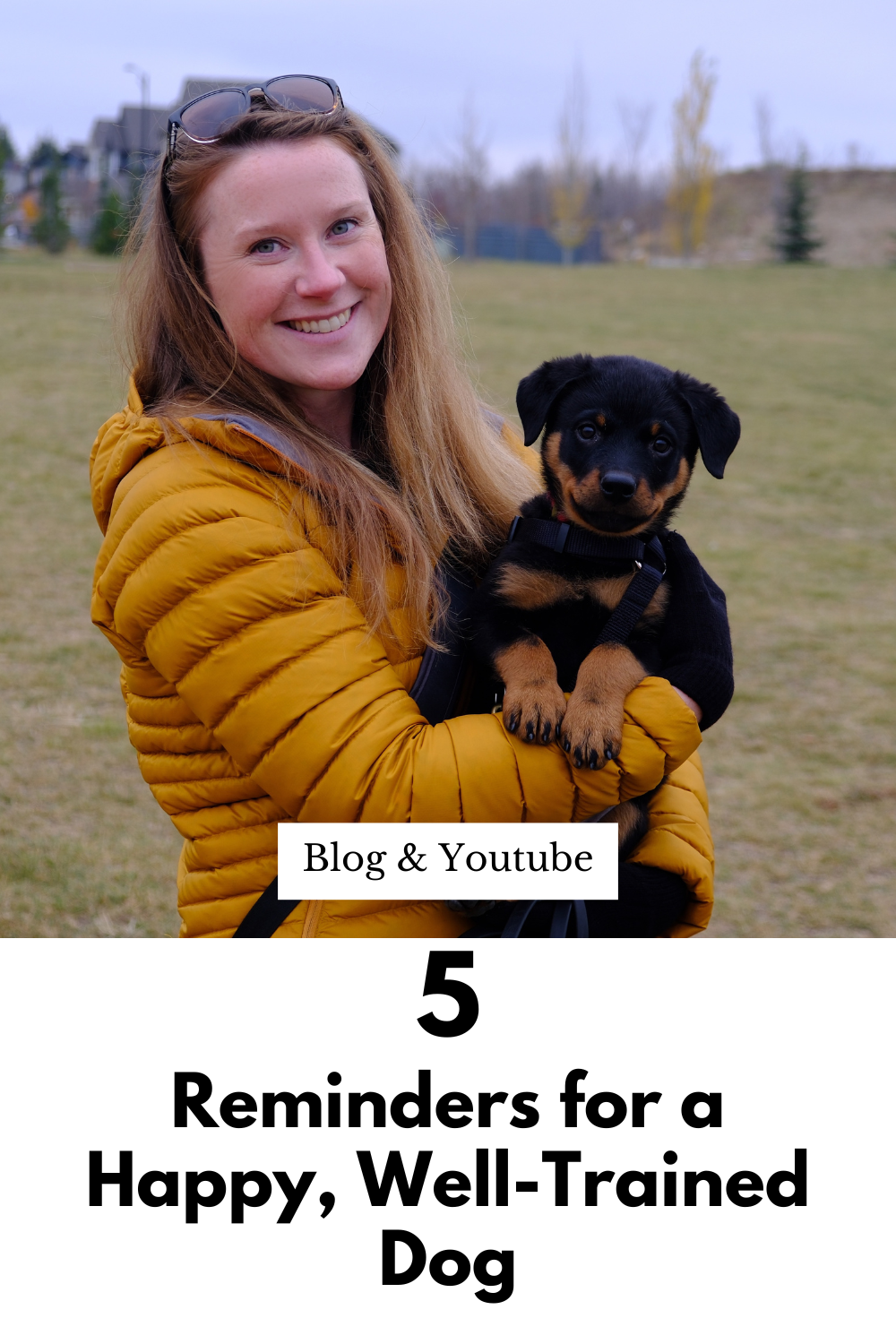
+ show Comments
- Hide Comments
add a comment